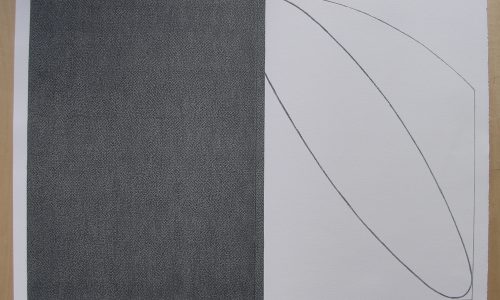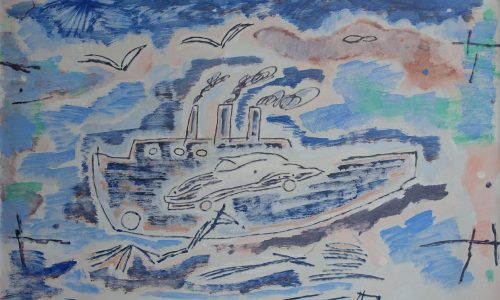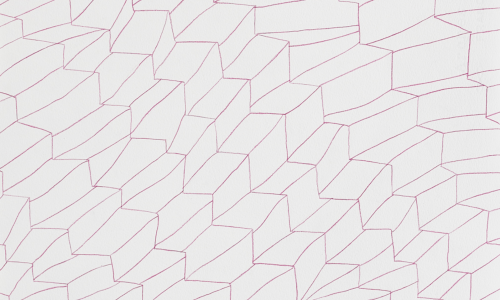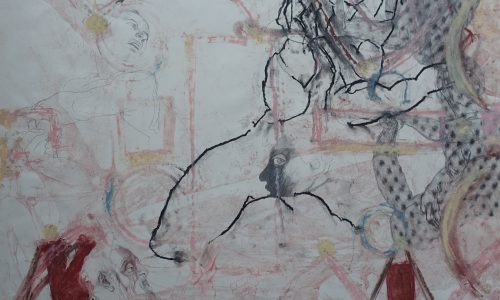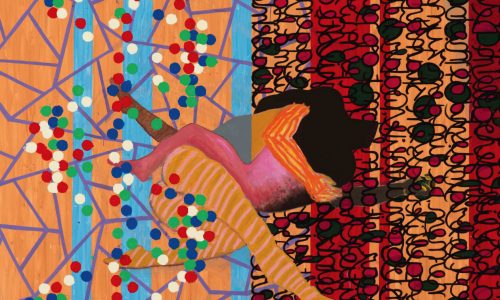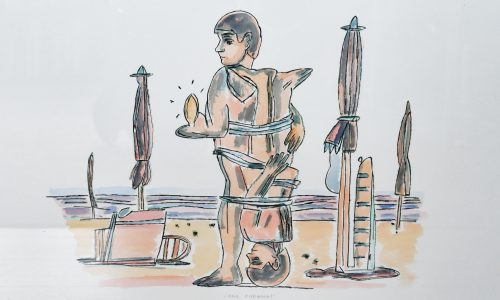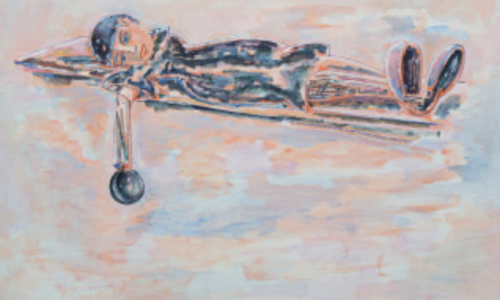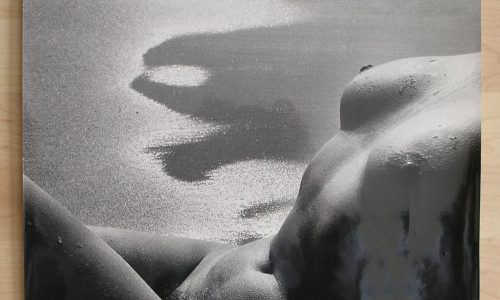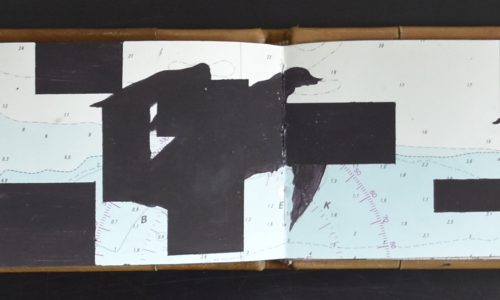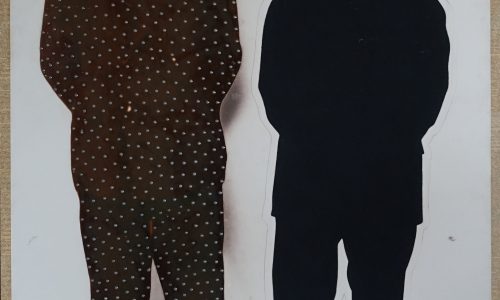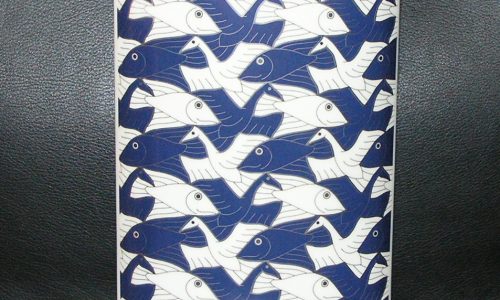
Similar to Lies Cosijn, Jan de Rooden, Johnny Rolf, Johan van Loon and Helly Oestreicher, Hans de Jong was a member of a cohort of Dutch ceramicists who eschewed the utilitarian aspect of their craft. The few functional pieces he created were primarily commissioned works, serving as rare exceptions to his artistic ideology. The exhibition at the Gemeentemuseum Den Haag showcases approximately 70 pieces spanning from 1959 to 2001. The focus lies on the 1960s and ’70s, a pivotal period during which ceramics gained recognition as an independent art form. This era saw a surge in experimentation and innovation, as artists pushed the boundaries of the material and incorporated negative space in striking ways, elevating their pieces to the realm of sculptural expression.
The objects presented in this exhibition epitomize Hans de Jong’s playful approach to his craft. He frequently described his figurative pieces as “poppen” (meaning “puppets” or “dolls”), a nod to his fascination with puppetry and the theatrical arts. In 1957, he designed a series of masks for the debut performance at Marijke and Sieto Hoving’s Cabaret Tingel-Tangel. In a 1961 interview published in De Telegraaf newspaper, he shared, “During my years as a student, I spent countless hours working on a puppet theatre, creating all the puppets myself. I believe this experience served as the inspiration for the colorful sculptures I now produce.”
www.ftn-books.com has now the Kunstmuseum Den Haag invitation available.








